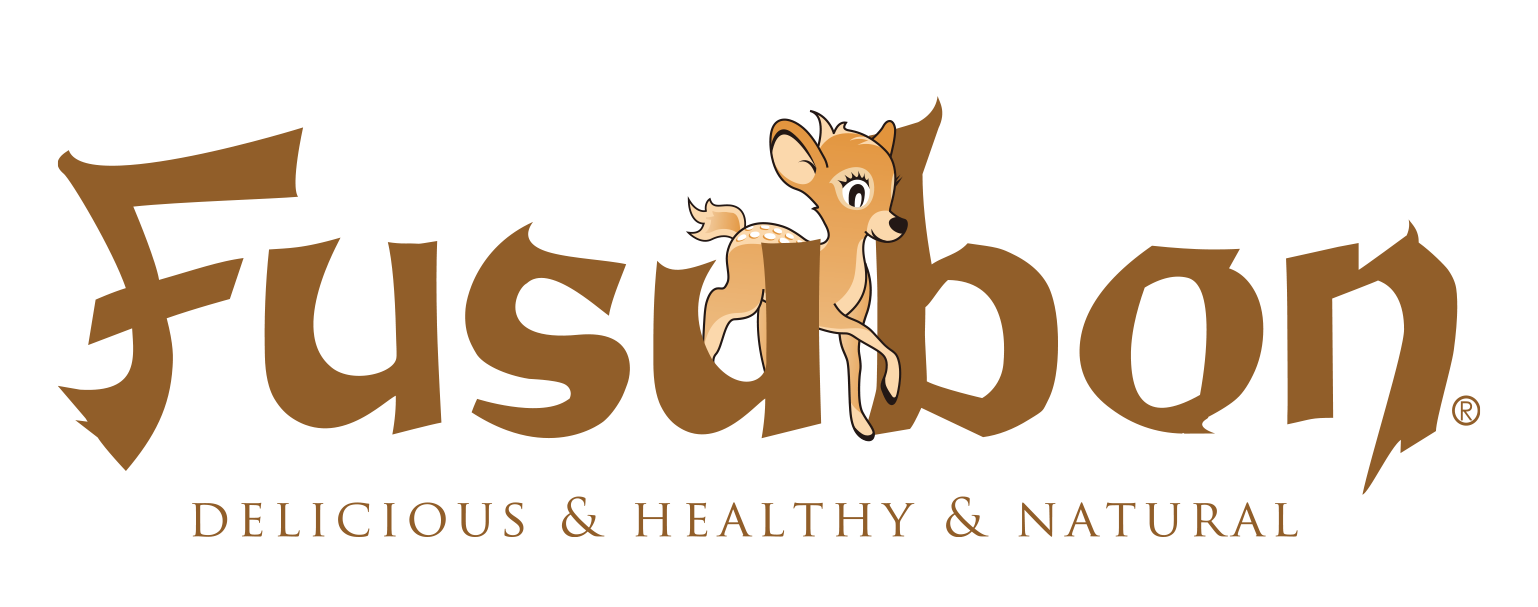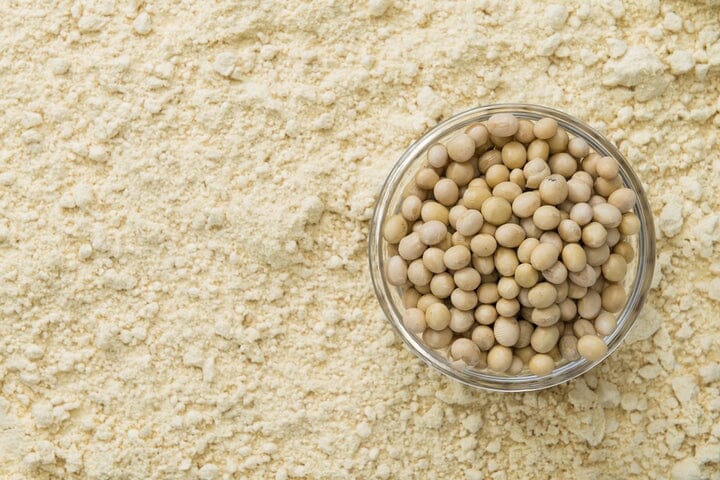Today, I would like to introduce you to soy isoflavones.
What are soy isoflavones?
 What are soy isoflavones, which are also found in large amounts in soy flour?
What are soy isoflavones, which are also found in large amounts in soy flour?
Soy isoflavones are a type of polyphenol found in soybeans. Polyphenols are well known for being found in large amounts in wine and other foods, and have strong antioxidant properties that help prevent cell aging caused by active oxygen.
Isoflavones are actually similar in structure to the female hormone estrogen, and they also have similar functions . So let's take a look at the functions of estrogen.
What are the characteristics of estrogen similar to isoflavones?
 Structure of estrogens and isoflavones
Structure of estrogens and isoflavones
Estrogen protects the body from active oxygen and is said to be effective in preventing and improving symptoms that occur during menopause.
in particular,
・Promotes skin metabolism
・Suppresses melanin production
・Prevention of osteoporosis
- Controlling women's periods and pregnancy
・Suppresses cholesterol ・Stabilizes the autonomic nervous system
It has the following effects and supports the beauty and youthfulness of women.
However, as we age, estrogen secretion decreases, and soy isoflavones help compensate for this.
Considering the antioxidant power of soy isoflavones, it may seem like the more you eat the better, but the Cabinet Office Food Safety Commission Secretariat has provided guidelines for the recommended daily intake, which are shown below.
Isoflavone intake limits
[1] Setting based on eating experience
Since no clear health hazards have been reported from the amount of soy isoflavone intake from soy foods that Japanese people have been consuming for many years, this amount is considered to be generally safe. Therefore, the 95th percentile value of soy isoflavone intake from soy foods, 70mg/day (64-76mg/day: soy isoflavone aglycone equivalent value), calculated from the National Nutrition Survey in 2002, was set as the upper limit of the current safe intake guideline for humans based on dietary experience.
[2] Setting based on human clinical research In an overseas study (Italy) in which postmenopausal women were asked to take soy isoflavone tablets at 150 mg/day for five years, the incidence of endometrial hyperplasia was significantly higher in the intake group, and therefore 150 mg/day of soy isoflavone was considered to be an "effect level" at which there is concern about the occurrence of health hazards in humans. Taking into consideration that only postmenopausal women were taken and individual differences, half of 150 mg/day, or 75 mg/day (soy isoflavone aglycone equivalent), was set as the upper limit of the currently recommended safe intake for humans based on human clinical trials.
Based on the above [1] and [2], the current recommended upper limit for safe daily intake of soy isoflavones has been set at 70-75 mg/day as soy isoflavone aglycones .Q&A about soybeans and soy isoflavones
Quoted from the Cabinet Office Food Safety Commission Secretariat
As mentioned above, the standard amount of isoflavones is 70 mg per day, and we sometimes receive inquiries about the isoflavone content of Fusubon, so we have listed below the amount of isoflavones contained in Fusubon and representative soy foods.
Isoflavones found in soybean foods and soybeans
It is said that soy isoflavones are contained in about 200 mg per 100 g of soy flour . The amount of soy flour used per Fusubon is at most about 10 g. Therefore, you can think of soy isoflavones per Fusubon as being less than 20 mg.
A cup of miso soup contains about 6 mg of soy isoflavones (if one cup contains 20 g of miso), and about 36 mg of natto (if one pack contains 45 g), so we recommend that you adjust your daily isoflavone intake to be less than 70 mg.
That's all about soy isoflavones! See you next time!

